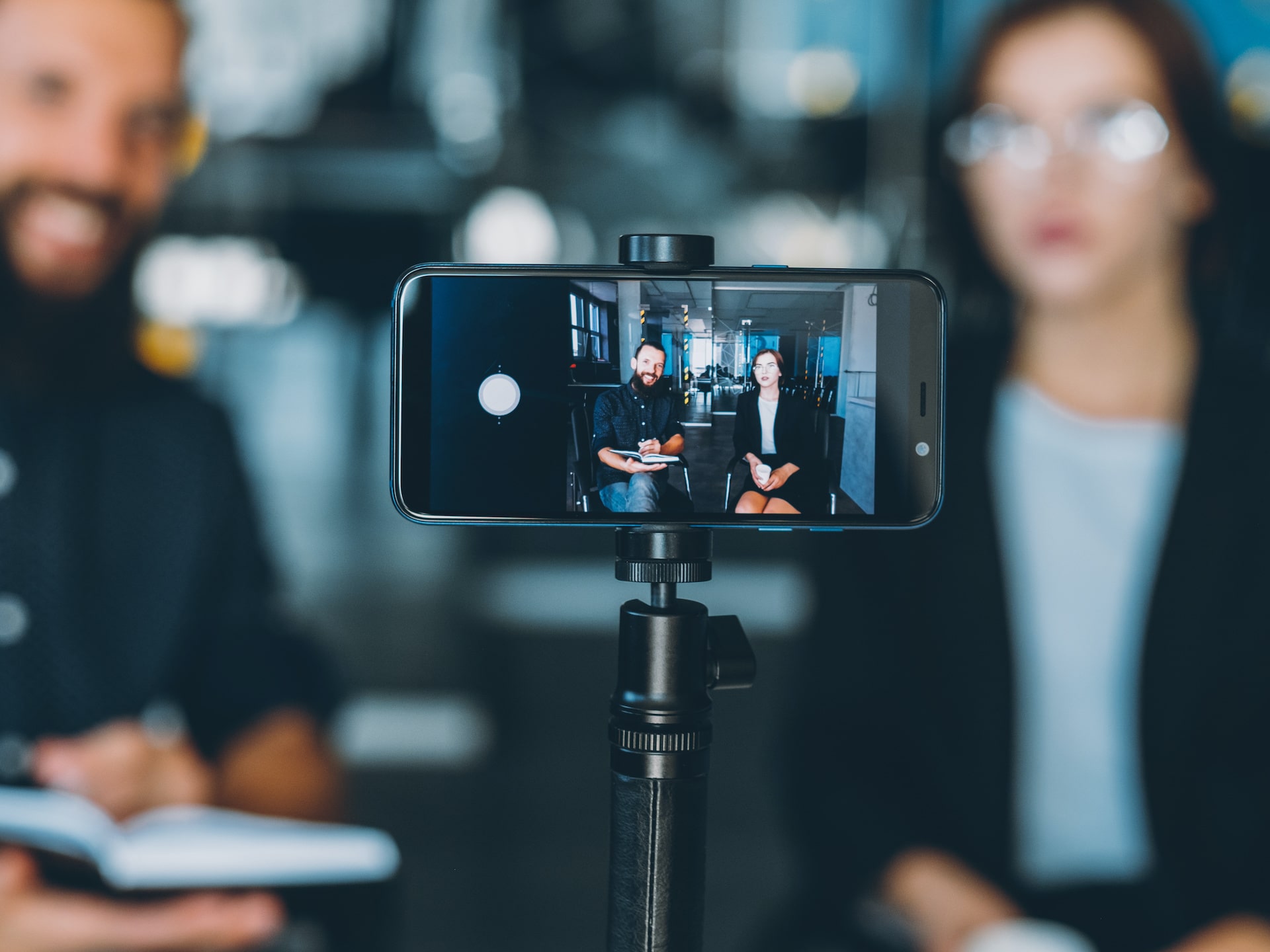Isaiah Lester and his wife, Jessica, were involved in a tragic car accident when an Allied Concrete Co. truck lost control and flipped onto their vehicle. Jessica later passed away from her injuries. The driver of the truck pled guilty to manslaughter.
A year later, Lester filed a civil suit against Allied Concrete Co. seeking compensation for monetary and non-monetary losses following the death of his wife. An attorney for Allied Concrete issued a discovery request for Lester’s Facebook page, including photos, statuses, and messages. After notifying him of the discovery request, Lester’s attorney instructed him to “clean up” his Facebook page and delete certain photos that could “blow up” at trial. Lester proceeded to delete 16 photos from his profile, and later on deactivated his account entirely and claimed to have no Facebook profile in court. Allied Concrete received notice of this action and filed a motion to compel discovery. Even after Lester reactivated his Facebook profile, the 16 photos in question remained deleted (though most were ultimately produced in the course of litigation).
The court granted the defendant sanctions against both Lester and his attorney for spoliation of evidence. The jury received an adverse-inference instruction, allowing them to conclude that the Facebook content that the plaintiff deleted would have been damaging to his case. The court also found that Lester and his attorney had violated Rule 3.4(a) of the Virginia Rules of Professional Conduct in attempting to destroy or conceal evidence that had been subject to a discovery request by the defendant. In addition to the adverse-interference instruction, Lester and his attorney were instructed to pay the defendant $722,000 in expenses and attorney fees. Lester’s attorney was also subsequently suspended from practicing law for 5 years for instructing Lester to obstruct Allied Concrete’s access to evidence. (Read more about Lester vs. Allied Concrete Co.)
Bosco Legal Services, Inc. is a licensed Private Investigation agency and Certified Experts in the area of Social Media and Internet investigations. We have prepared these case summaries as a free resource to our clients; However, we are not attorneys and the information provided should not be construed as legal advice.










